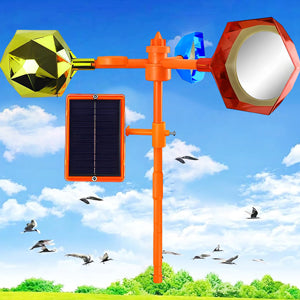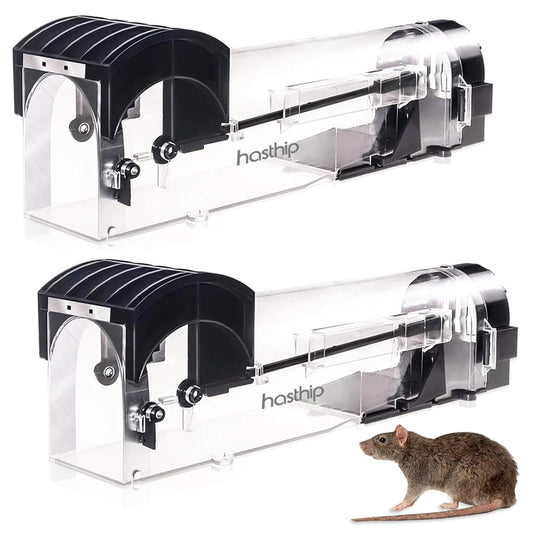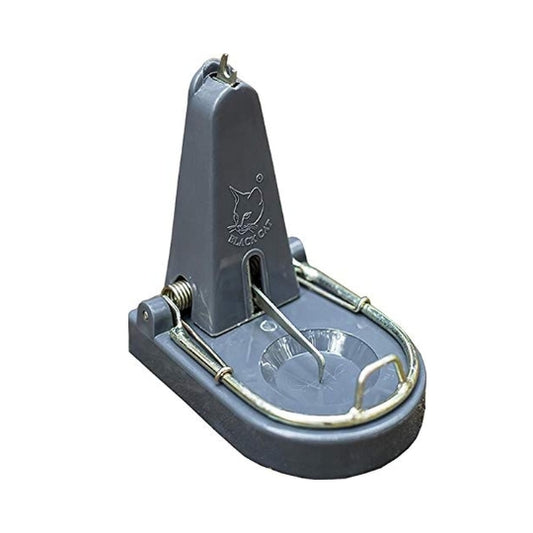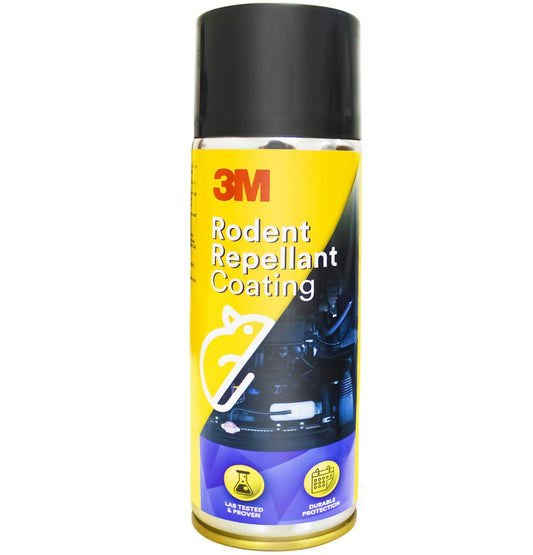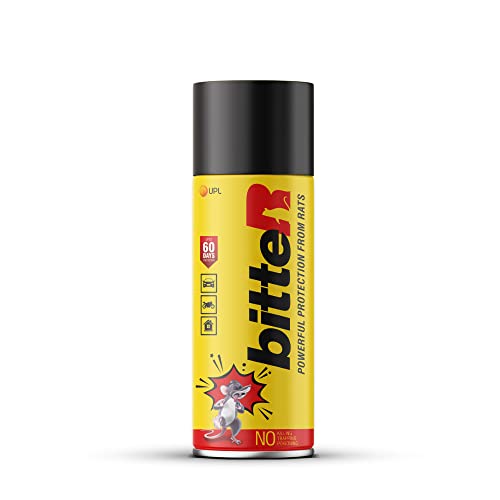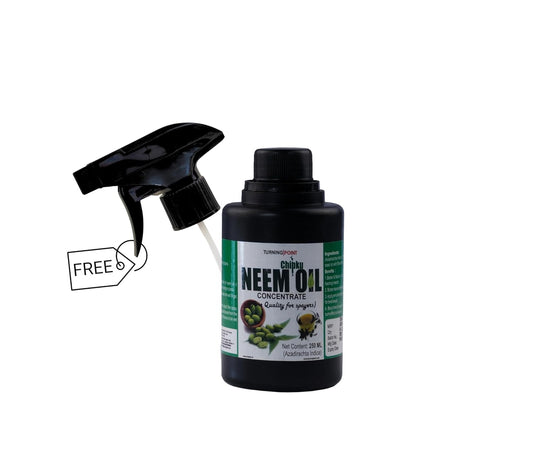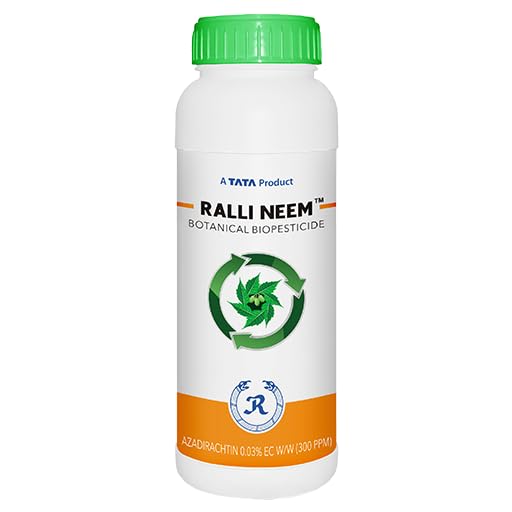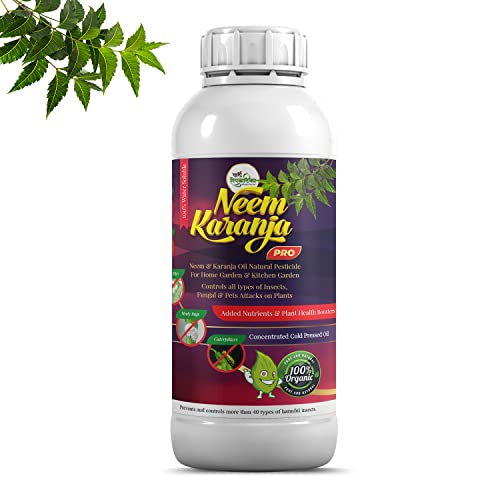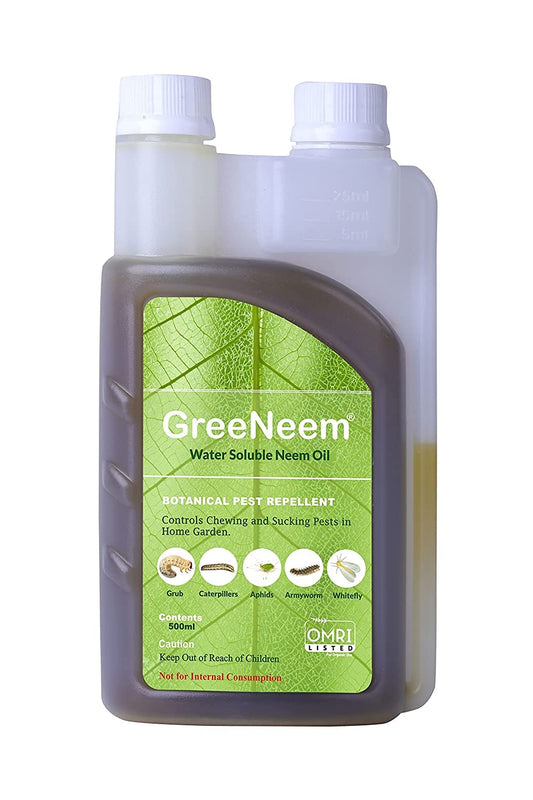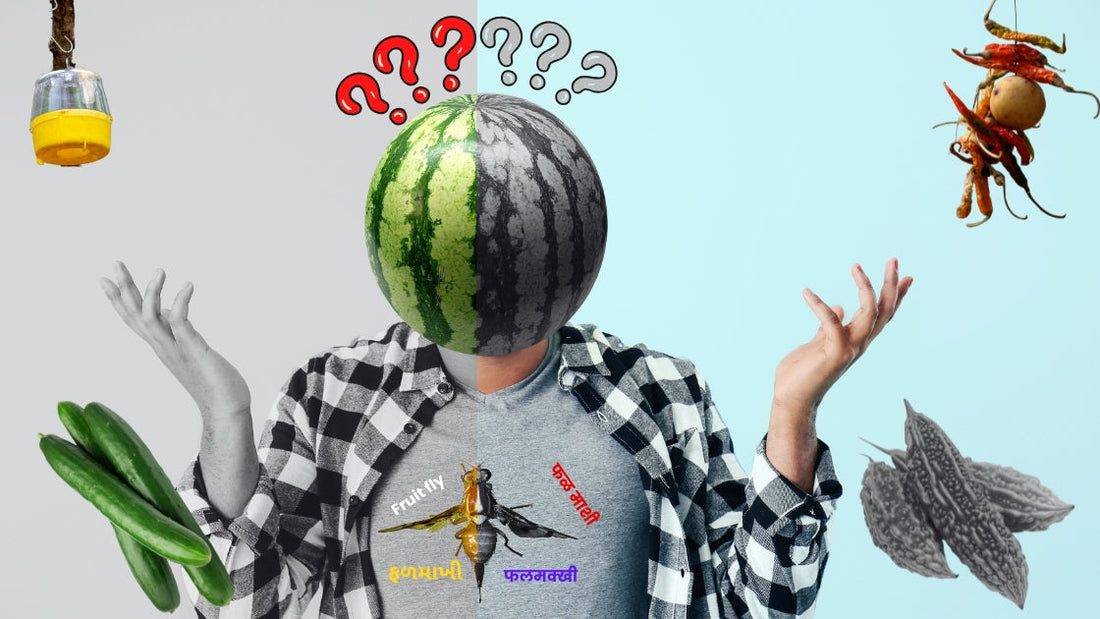
Stop Fruit Flies from Devastating Your Orchard
Share
Farmers face problem of fruit fly in various fruits and Fruit vegetables. Up to 70% fruits may get infested. However, farmers often get confused on strategy to control this pest. This article helps to eliminate confusion and determine a strategy for effective control.
Share your thoughts and experiences in the comments below! Your feedback will help us improve this article.
Fruit fly lay eggs under the fruit's skin. This is followed by maggot development and subsequent rotting. Fruits start premature fruit dropping. Infestations can establish rapidly, devastating entire crops within weeks.
Effective control of Fruit fly
While various control methods exist, finding a balance between effectiveness, cost-efficiency, and environmental impact is crucial. This article explores the fruit fly problem, examines current control strategies, and delves into the potential of pheromone-based solutions for sustainable fruit production.
The Fruit Fly Problem: A Devastating Pest
Fruit flies (Tephritidae family) are a global agricultural pest, impacting a wide range of fruit crops, including mangoes, citrus fruits, stone fruits, and melons. Their rapid lifecycle and high reproductive rate contribute to their destructive potential. The damage caused by fruit flies is twofold:
- Direct Damage: Female fruit flies puncture the fruit skin to lay eggs, creating entry points for bacteria and fungi, leading to fruit rot. The developing larvae (maggots) feed on the fruit pulp, causing further damage and rendering the fruit unmarketable.
- Indirect Damage: Infested fruits often drop prematurely, reducing yields. The presence of fruit flies also impacts export potential, as many countries have strict quarantine regulations.
Traditional Control Methods: Limitations and Challenges
Farmers have traditionally employed various methods to control fruit flies, including:
- Pesticide Applications: Broad-spectrum insecticides are often used, but these can have negative impacts on beneficial insects, the environment, and human health. Furthermore, fruit flies can develop resistance to pesticides over time, reducing their effectiveness.
- Baiting: Bait traps using attractants like vinegar or fermenting yeast can lure and trap fruit flies. However, these methods may not be specific enough and can attract other beneficial insects. Their effectiveness can also be limited by environmental factors.
- Sanitation: Removing fallen and infested fruit is crucial to prevent further breeding. This is a labor-intensive process and may not be sufficient for large infestations.
Pheromone Technology: A Targeted Approach
100 ml CueLure bottle is now available on Amazon. Click here for Price and offer
50 ml Methyl Eugenol bottle is now available on Amazon. Click here for Price and offer
Pheromones are chemical signals used by insects for communication, including attracting mates. Scientists have identified specific pheromones, such as methyl eugenol and cue-lure. Methyl eugenol is primarily attractive to the oriental fruit fly (Bactrocera dorsalis) and some other Bactrocera species. Cue-lure is more effective for the melon fly (Bactrocera cucurbitae) and some other cucurbit-infesting fruit flies. These can be used to lure fruit flies into traps. This targeted approach offers several advantages:
- Specificity: Pheromone traps attract target fruit fly species, minimizing harm to beneficial insects.
- Environmentally Friendly: Pheromones are naturally occurring compounds and are generally considered less harmful to the environment than broad-spectrum pesticides.
- Effective: When used correctly, pheromone traps can significantly reduce fruit fly populations and fruit damage.
| Method | Specificity | Effectiveness | Sustainability |
| Pesticide | Low | Medium | No |
| Vinegar bait | Low | Low | Not cognizable |
| Yeast Fermentation | No | No | Not Cognizable |
| Liquid pheromone | High | High | No |
| Aerosol Pheromone | High | Low | Yes |
| Gel Pheromone | High | High | High |
| Lure based trap | High | High | High |
Pheromone Trap Implementation: Choosing the Right Method
Several methods are available for deploying pheromone attractants:
- Liquid Pheromones: Pheromones can be dissolved in a solvent and used in traps. These traps need regular replenishment as liquid pheromones get evaporated faster.

- Sticky Traps: Pheromones are incorporated into a sticky substance on a trap, capturing the attracted fruit flies. Many companies have developed aerosol sprays. This method is short leaved and farmers need to use spray more frequently.
- Pheromone Gel: Pheromone gels provide a slow and controlled release of the attractant, extending the trap's effectiveness. Farmers need to put gel drops on stems and twigs at every 10 to 20 feet. If you have used pheromone gel like Akarsh ME which contains methyl eugenol and Akarsh CL which contains cuelure, please write your experience in comments.
- Pheromone Lures: Wooden Lures (often MDF cubes) impregnated with pheromones can be hanged inside glass traps. These show somewhat consistent activity for longer duration. Lures impregnated with blend of Methyl Eugenol and Cue-Lure together are move effective than single pheromone lures. As dead fruit fly inside glass trap are readily visible, farmers can estimate levels of infestation. Best strategy is to initially hang two-three traps. Monitor and empty the traps regularly. This gives idea on strength of infestation. Number of traps per acre can be increased if monitoring traps get filled more often.
Optimizing Fruit Fly Control: A Combined Approach
The most effective and sustainable approach to fruit fly management often involves integrating multiple control strategies:
- Monitoring: Regular monitoring with pheromone traps helps detect fruit fly presence and assess population levels, allowing for timely intervention.
- Sanitation: Removing infested fruit and debris is essential to break the fruit fly lifecycle.
- Pheromone Trapping: Deploying appropriate pheromone traps can significantly reduce fruit fly populations.
- Selective Pesticide Use: If necessary, targeted pesticide applications can be used as a last resort, focusing on areas with high infestation levels. However this will discourage bee population essential for cross pollination.
Economic Considerations:
The cost-effectiveness of fruit fly control methods is a crucial factor for farmers. While pheromone traps may have a higher initial cost than some other methods, their long-term benefits, including reduced fruit loss and minimized pesticide use, can make them a more economical option in the long run.
Conclusion:
Fruit flies pose a serious threat to fruit production, but effective and sustainable control strategies are available. Pheromone technology offers a targeted and environmentally friendly approach to managing fruit fly populations. By integrating pheromone traps with other control methods, farmers can minimize fruit damage, reduce pesticide use, and ensure sustainable fruit production. Further research and development of pheromone-based solutions, along with farmer education and training, will play a crucial role in combating the fruit fly menace and securing fruit yields for the future.
Don't forget to read our various articles on Pest Control Products!
Our articles, which can be read in two minutes, will help you become a better farmer. Some articles will awaken you, boost your morale, provide useful information, ask or solve questions. All you need to do is read our articles regularly for two minutes of your day. We do not charge any fees. Like our Facebook page or join our WhatsApp channel . Keep the notifications on and get ready.. Read a little every day.. Make a little change every day!















